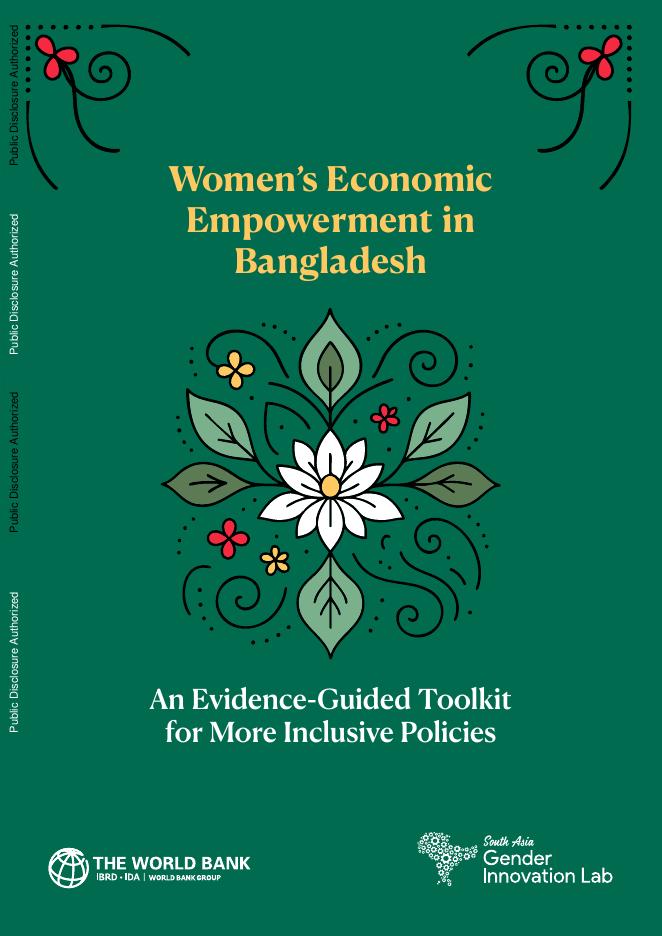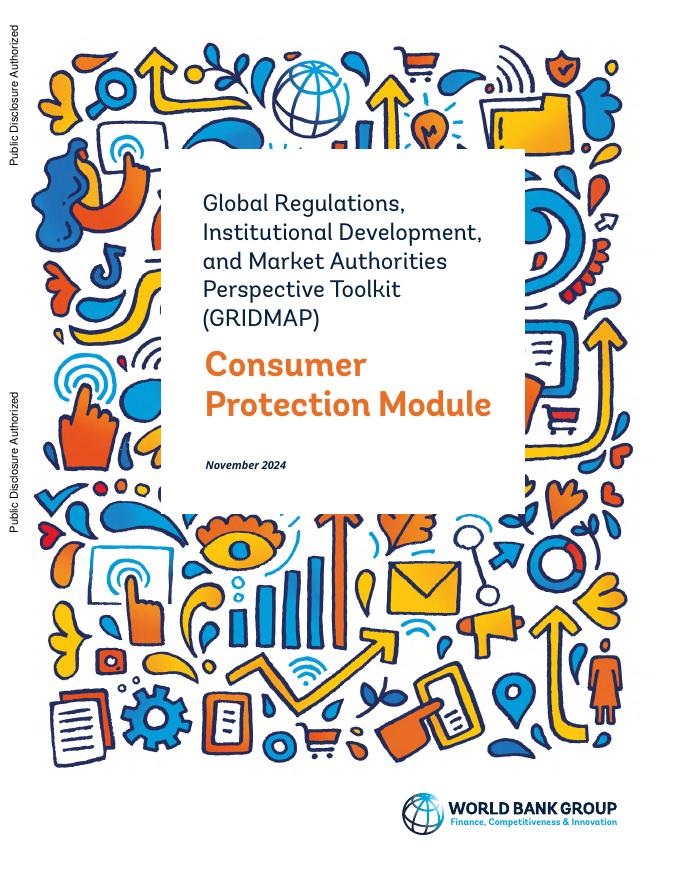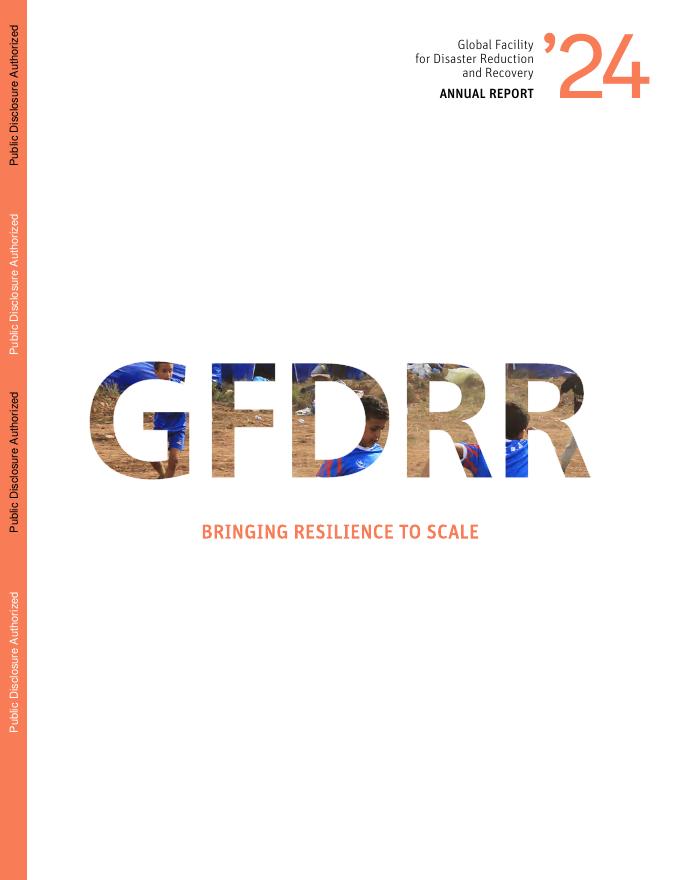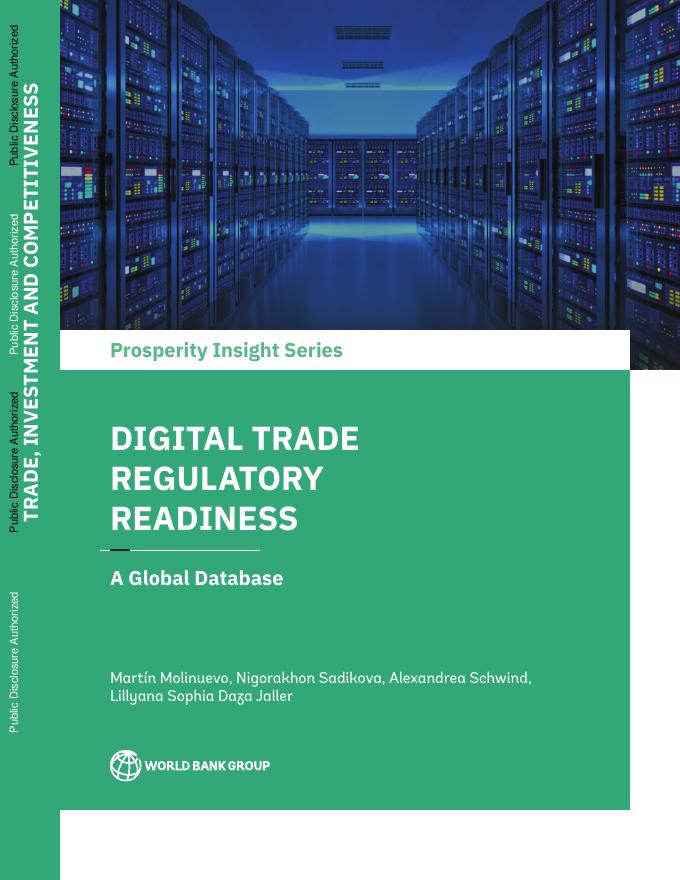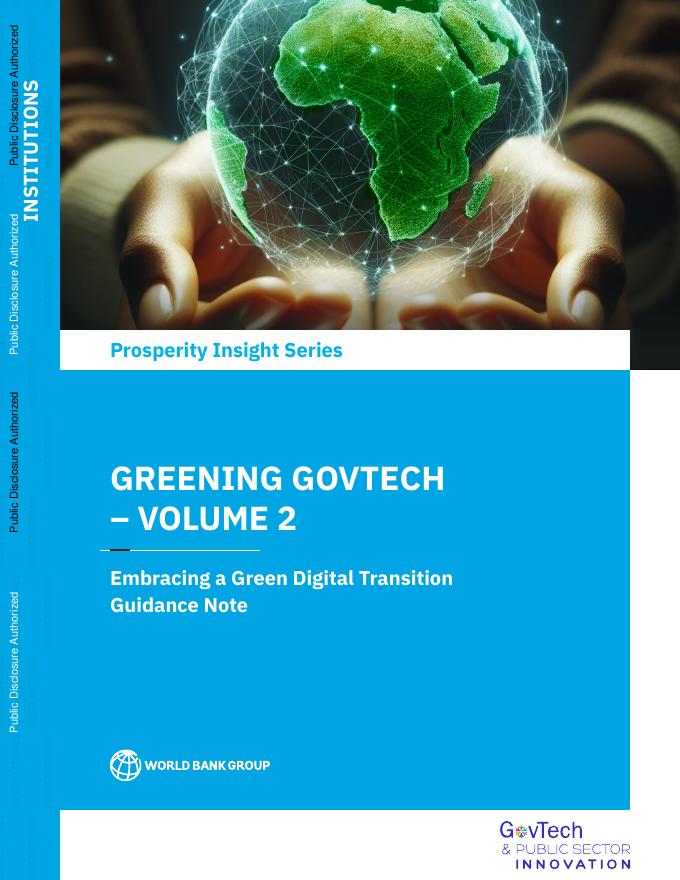世界银行:贸易结构调整:劳动力市场和福利效应评估(英文版).pdf |
下载文档 |
资源简介
This paper assesses patterns and drivers of current trade restructuring and its welfare implications. The main trade restructuring drivers include lower cost advanced technologies, rising offshore labor costs, and recent shocks like COVID-19, trade disputes, and geopolitical tensions. Data on bilateral trade flows show that the United States and the European Union have reoriented their trade relationships. Between 2017 and 2023, for example, U.S. imports from countries like Mexico and Viet Na
本文档仅能预览20页





